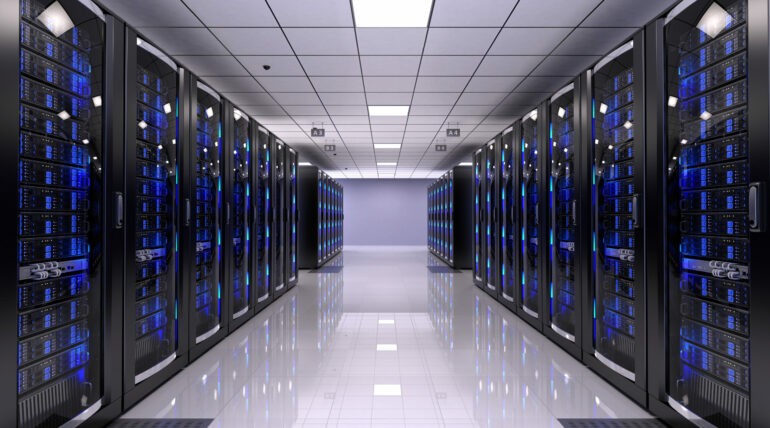
In an era where we live so intertwined with technology, we come across the word "server" almost every day.
- Server not responding
- Server timeout
- Server error
So when a technical problem arises, the server is often the first to be blamed. But what about this “server"What is the concept we are talking about?"
In this article, we will explain the concept of a server in simple terms, without getting bogged down in technical details.
Client-side and backend system
We do our daily tasks on our computers. We work with documents, search the internet, watch videos. All of these activities are actually performed on our device, that is, on the client side.
But there are some services where we only see the user interface – the window – while the processes that occur in the background are invisible to us. For example, when we open a website, the information is actually processed somewhere else – on a server – and the result is sent to us.
What is a server?
A server is a computer that is functionally always on and processes various data. It is designed to operate 24/7 without interruption. Unlike regular computers, servers are not designed to stop or rest.
Servers are used for a variety of purposes. Some are built to store data, some to perform complex computing operations, and others to distribute resources.
How does the server work?
When users send any requests (for example, when they open a website or use an application), these requests are transmitted to the server. The server receives the request, processes it, and sends the result back to the user. Although this process happens very quickly, there are serious technological mechanisms behind it.
Special operating systems are installed on servers. For example, Linux Server or Windows Server. Within these operating systems, web servers, databases, email services, and other functions are actively running.
Why don't we see servers at home?
Servers generate significant heat due to their high performance. Therefore, it is not advisable to keep them in ordinary household conditions. Servers are usually placed in server rooms that meet special technical requirements.
The following infrastructure is provided in these rooms:
- Constant cooling system
- Stable power source (UPS, generator)
- Physical and virtual security measures
If these requirements are not met, servers may face the risk of frequent downtime or failure.
Servers are an integral part of our lives
Social networks, email services, mobile applications, online banking systems, and many other technological services are run on servers. Without servers, none of these services would be functional.
In short, servers are the unsung heroes of technological infrastructure. They work non-stop so that users can access the digital world at any time.
Our recommendation:
If you want to set up a server for your enterprise, upgrade your management system, or optimize your existing infrastructure, you definitely need a professional approach.
The wrong server choice or a poorly configured system can lead to performance issues and additional costs in the future.
If you are looking for professional support regarding server solutions, contact us now. contact hold on, let's build the most suitable infrastructure for you together.
SEE MORE: Important points when choosing a computer for employees

One thought on “Server nədir? Sadə və başa düşülən izah”
Comments are closed.